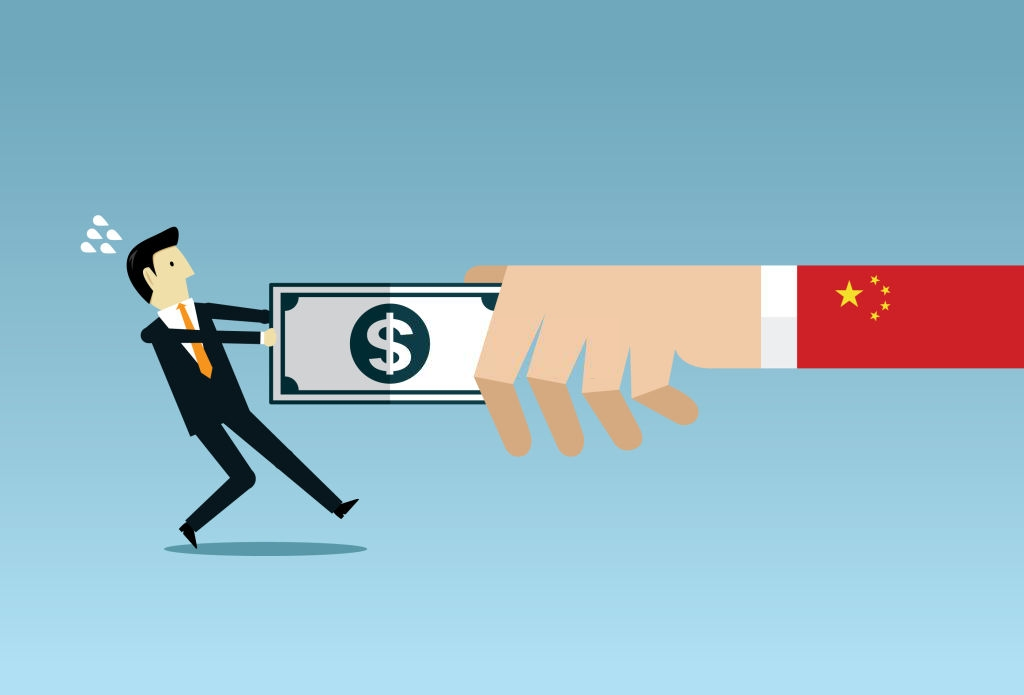4 Psychological Pricing Tactics To Seem Price Lower Than The Actual!
Finding the right pricing strategy to sell your products are important to everyone, especially in the world of e-commerce. When it comes to successful and sustainable business growth just covering your costs won’t cut it anymore.
Psychological Pricing Tactics To Seem Price Lower Than The Actual!
Contents
Luckily psychological pricing strategies offer a solution to increase product sales and help grow your business. But what are psychological strategies? And which pricing strategies are worth considering? Here in this article “4 Psychological pricing tactics to seem price lower than the actual” you will find 4 different pricing strategies that influence or persuade people to buy. Read on to find more about it.
What is Psychological Pricing?
Psychological pricing is the business practices of certain prices or the way prices are displayed can influence a customer’s decision-making process during a purchase. These pricing strategies are a simple and cost-effective way to increase sales without reducing product prices. It can also be used to increase the perceived customer value of your products, enabling you to increase your prices and profit margins accordingly.
Don’t Miss to read How To Get Influencers To Promote Your Brand? Useful Tips To Follow!
4 Psychological Pricing Tactics
Here are 4 types of psychological pricing strategies. Let’s start.
1.Artificial time constraints
Creating artificial demand is a great power. You have seen somewhere “1 day only sales!” where everything is “50% off!!”. These restrictions on the store place act as catalysts for consumers to spend. If potential customers believe that the sales are only temporary, they’re more likely to make their purchases today, rather than next week. And most of the consumers are afraid of missing out on such an obvious deal, so they make the purchase in order to avoid this potential feeling of regret or missing out. So be careful though, don’t go too deep into the discount pricing wagon.
2. Charm pricing
Charm pricing is also known as the fancy price name for all those 9’s that you see at the end of prices in your local stores. A study conducted by MIT and the University of Chicago has proven that prices ending in 9 create increased customer demand for products. In essence, ending your price in a 9 convinces customers that you’re offering a great deal. For a great example take a look at most of the sales all of the before prices will end in 0s or 5s while the after prices will end in 7s, 8s, and 9s.
3. Innumeracy
Which one is better? “Buy one get one free” or “50% off two items?” A study was done by researchers at the University of Minnesota, most people would prefer the first option, even though the two options are identical. This type of phenomena is also known as innumeracy, which, means where the consumers are unable to recognize or understand fundamental math principles as they apply to everyday life. Innumeracy also includes double discounting, coupon design, and percentage pumping.
4. Price Appearance
By the word appearance, the design of your prices can also have a tremendous impact on how customers perceive the value of your product. For example, when you go to the fancy restaurant look at the prices, they’ll look like “19”, instead of “$19.00”. The main reason for this type of design is longer prices appear to be more expensive for consumers than shorter prices, even if they represent the same number. Because subconsciously, the longer prices take more time to read.
With a psychological pricing strategy, you can provide a psychological impact that delivers a sense of urgency. Also, the decision to choose these strategies is up to you. Hope you liked this article “4 Psychological pricing tactics to seem price lower than the actual” and found useful. If you have any questions about this article do leave us a comment below and we’ll try our best to answer you.

